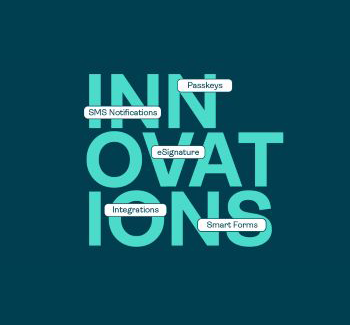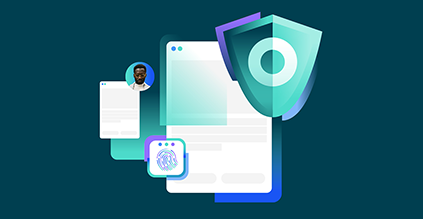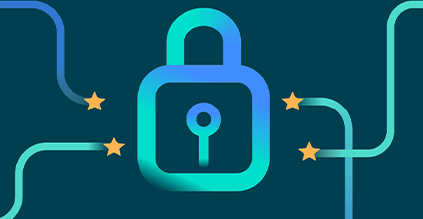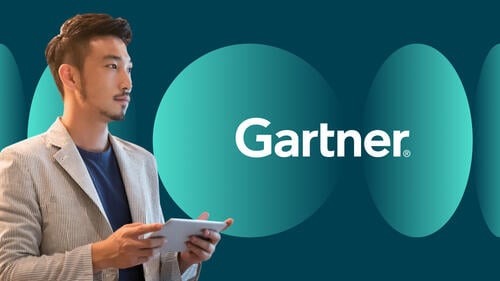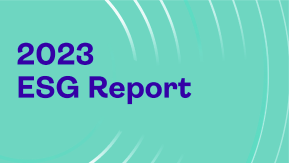Modernizing higher education with electronic signature software

Colleges and universities are adopting eSignature software to streamline operations and enhance the student experience. Not only do electronic signatures provide convenience for administrators and staff, they are also vital for attracting students and recruiting faculty – all of whom expect a modern, mobile experience similar to what they are used to in other aspects of their lives.
eSignature is a key step for higher education institutions adopting a digital model. Electronic signature software enables remote document workflows, while boosting efficiency, cutting costs, and improving security and compliance. This approach is part of a broader digital strategy, touching on all facets of university operations, from student services to procurement and internal administration, aligning with sustainability goals and helping institutions take the next step in their digital transformation.
Modernizing higher education with eSignatures
eSignatures are an important aspect of an institution’s digital transformation. In addition to its many strategic benefits, electronic signature software provides a quick win to show return on investment (ROI) from digital transformation investments. Business partners and employees will see the value through efficiency, time and cost savings, and the ability to concentrate on higher-value tasks. Students quickly embrace eSignature solutions for their simplicity, mobile responsiveness, and the ability to get important documents signed and submitted for processing in real time.
To effectively integrate eSignatures into an institution’s operations, we recommend taking a strategic approach:
- 1. Assess workflows and requirements: Identify processes that will benefit from eSignatures, especially workflows that involve remote signers, manual effort, paper costs, compliance audits, or strict deadlines. Then determine what features and capabilities you need to digitize them. For example, will you need to give signers a way to eSign on their iOS and Android devices? Do you need to integrate with mobile apps? Will you need a detailed audit trail to prove compliance? Will you need different authentication methods, depending on the risk level of the signing process?
- 2. Select a reputable provider: Look for an eSignature solution that’s known for ease of use and security, especially one that is well-rated on software review sites like G2.com. A tool that’s both easy to use and secure will boost adoption while protecting sensitive information.
- 3. Get started: Start using eSignature to demonstrate the value with an initial group of users, then share successes to encourage greater adoption across faculties and use cases. Highlighting successful adoption stories, as the State of Michigan did, can further encourage buy-in across all stakeholder groups, demonstrating the tangible benefits of going paperless.
- 4. Training: Commit to educating students, faculty, and staff on the new eSignature solution. Understanding its features and functionality helps maximize efficiency.
- 5. Monitoring and improvement: Keep a close eye on the eSignature solution post-implementation, tweaking and enhancing it to maintain or increase its value.
Educational institutions can deploy eSignature solutions in two formats: As an API-driven, integrated service for comprehensive adoption across high-volume processes or as a standalone cloud service for immediate automation of lower-volume, ad hoc tasks. This flexibility allows for quick implementation in specific departments like procurement or human resources, showcasing the ROI and building internal support for broader use.
Further, by selecting a provider that pairs well with digital form services, such as Smart Communications, universities can transform static PDF forms into dynamic, mobile-friendly formats that expedite student applications and other processes.
Examples of workflows simplified by eSignatures
eSignature solutions transform higher education by making administrative tasks more efficient and user-friendly. For example:
- Course registration becomes hassle-free, allowing students to sign up for classes with just a few clicks
- Transcript requests are streamlined, significantly reducing wait times for document processing
- Financial aid applications are expedited, with innovative features like SMS reminders to ensure timely completion
- Faculty recruitment, housing agreements, and fundraising: Secure eSignatures accelerate processing, safeguard sensitive personal data, and eliminate the need for a time-consuming visit on-campus to sign documents
Adopting an eSignature solution empowers institutions to significantly enhance the student experience by shortening processing times – especially for the most critical applications that their student career depends on. And for staff, mundane workflow steps like archiving can be streamlined so that a signed document is automatically saved to a document management system, a repository such as Microsoft SharePoint, or a CRM like Salesforce.
Recruiting faculty and securing donations are other areas where eSignature technology has made impactful strides, simplifying fundraising efforts. These innovations underscore eSignature's role in bolstering an institution's appeal to students, faculty, and donors, making it a strategic asset in higher education's digital transformation.
eSignature as a competitive advantage for higher education institutions
Adopting eSignature technology not only streamlines administrative processes but also significantly enhances the perception of a university. By integrating eSignatures, institutions signal their commitment to innovation, meeting student and faculty expectations for efficiency and modernity.
This move not only improves internal operations and makes them more cost-effective, but also strengthens the university's brand, making it more attractive to prospective students and top talent. eSignatures eliminate traditional barriers to document processing, showcasing the university's ability to adapt to digital trends and support strategic business initiatives, thereby enhancing its competitive edge in the higher education landscape.
By leveraging digital signature technology, universities streamline their administrative processes and position themselves at the forefront of technological adoption in the educational sector. This strategic implementation goes beyond operational efficiency, reflecting a forward-thinking approach that resonates with digitally savvy students and faculty.
It underscores the institution's commitment to sustainability and aligns with broader strategic objectives, such as enhancing student engagement and satisfaction. By eliminating the need for physical presence for document signing, universities expand their reach, allowing for more flexible and inclusive access to services, and reinforcing their commitment to innovation and excellence in education.
Higher education: Partner with OneSpan
OneSpan Sign's ability to integrate seamlessly with existing educational systems and workflows helps institutions implement digital signing processes without disrupting the student or faculty experience. This alignment with the specific requirements of higher education makes OneSpan Sign a strategic tool for institutions aiming to streamline operations and improve service delivery.
Contact us to learn how we can help your institution spend less time on paperwork and more time on your core mission – delivering quality education.
